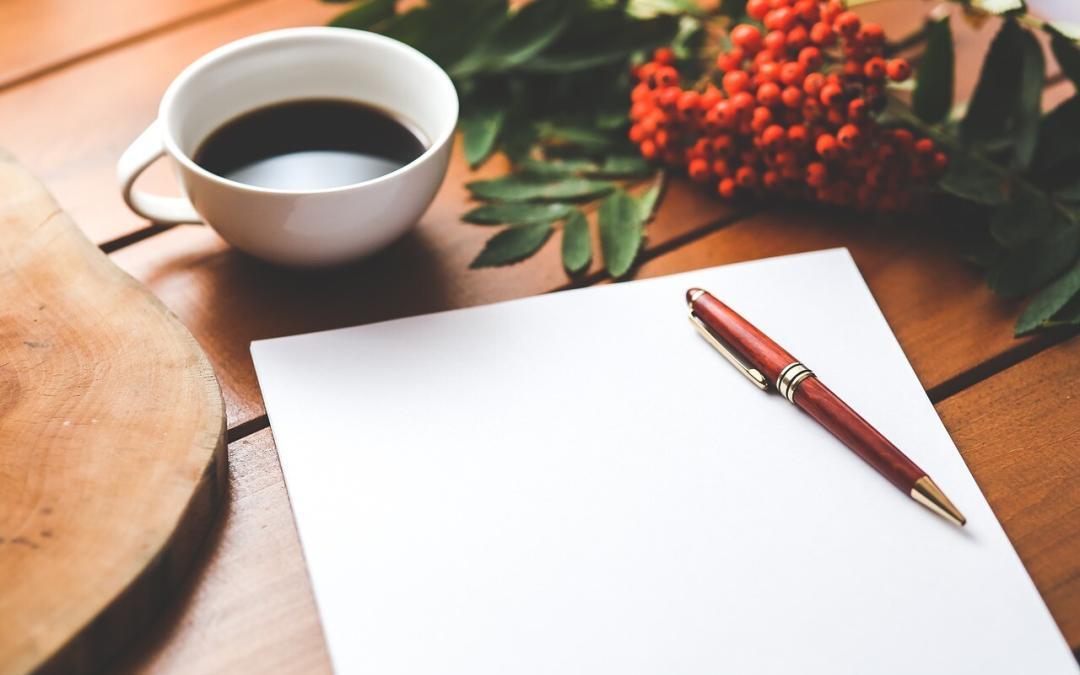Fall fruits and vegetables are rolling in, and tree leaves are starting to turn in many parts of the northern hemisphere. Along with eating, preserving and either selling or giving away the bounty of your harvest, it’s time to think ahead to next year.
Have you drawn a map of your vegetable garden yet? Do you remember where you planted your potatoes last year? Will you remember come spring? This may seem like a waste of time, or even ridiculous–of course I’m going to remember where I planted the melons this year. No problem! Only, when I think back to last summer–only one year ago–I can’t remember if the carrots were in this plot or that. Did I have potatoes in this bed, or was that the melons?
If you’re just starting in the gardening world, these questions may not seem important, but certain plant families should not be rotated into the same beds in successive years (ie, tomatoes and potatoes, or beans and peas) for several reasons. One family of vegetables may all drain the soil of certain nutrients, and rotating the plants in the bed can make your soil healthier with less work and added chemical fertilizers.
Even more importantly, plants from the same family are more likely to spread diseases to each other. For example, tomatoes carry chemicals that can negatively affect potatoes if they are planted in the same place next year. If more tomatoes are planted in the same place, the ground gets even more infested, and eventually your plants will not thrive as well.
I’ve heard some Permaculture experts (Permaculture will definitely come up in a later post, but it deserves space of it’s own), say that you can plant the same type of plants in the same place over and over, but in my opinion, it’s only asking for trouble, so *if you have a choice,* it’s better to err on the side of caution.
A three-year rotation is best, but in order to remember where you put everything, it certainly helps to write it all down. Even a hastily scrawled piece of note paper with general blocks of space listed with your crops for the season and dated can make a big difference down the road. Some people keep a garden journal with lists of what they planted where, when the first and last frosts happened, their first blooms and tomatoes. Personally, I think that’s a brilliant idea, if you’re the type to keep up with it. On the other hand, an inexpensive notebook with a few hastily jotted notes can still be useful if you can find it year after year.


I didn’t know plants need to be rotated like that. Thanks for the great information!
Nichole